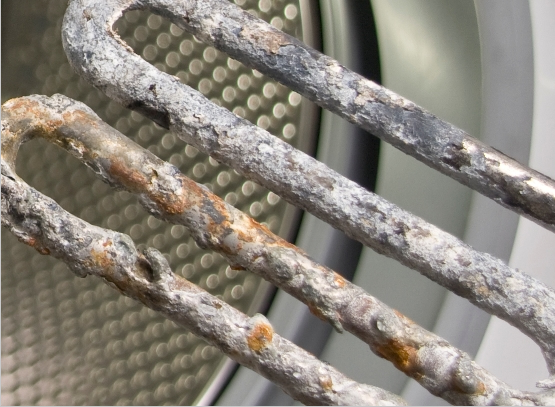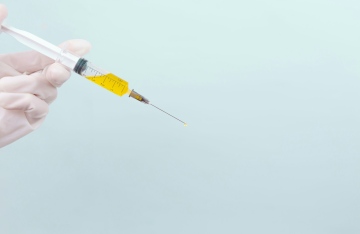Lime scale build up is ghastly and annoying. Limescale is a white deposit that occurs as a result of hard water combining with detergent residues. Hard water contains concentrated amounts of calcium and magnesium minerals which facilitate the formation of lime scale. These deposits are often found in central heating systems, faucets, boilers, coffee makers, tubs, sinks, dishwashers and washing machines. Limescale removal can be a daunting and costly process. The smartest choice, therefore, would be to prevent limescale build up from the word go. If you do not eliminate the problem, limescale deposits could interfere with the plumbing system and even renders some appliances useless.
How to prevent lime scale build up
First and foremost, you should test for hard water. You don’t need to be an expert to test for hard water. Get a clean plastic container, add your regular tap water, add a few drops of washing up liquid, close the container and shake thoroughly. If the water doesn’t form up quickly, and instead you observe the formation of a whitish film, you are using hard water. On the other hand, if the water in the container forms quickly, you are most likely using soft water. The simplest way to prevent calcium build up is always by using soft water. However, it is important to note that soft water is not the best when it comes to drinking due to lack of essential minerals.
Commercial Water Softeners
Using commercial water softener in your cleaning is a good way of preventing limescale from building up. Water softeners have acidic properties that enable the neutralization limescale which is alkaline in nature. Regular use of commercial softeners ensures that the calcium and magnesium carbonates do not solidify to form lime scale.
Ecocamel Shower heads
Whether fixed or handheld, these aerated shower heads are designed with a faceplate and rubber nodules that wipe clean hence preventing calcium deposit buildup.
Getting rid of calcium deposits
Though there are numerous methods used to get rid of the limescale. All the limescale methods have one thing in common; they are acidic.
Vinegar and lime juice
These are perhaps the safest calcium build up removal in the kitchen since they are edible. They are applicable when cleaning dishwashers, coffee makers, and kettles. Vinegar and lime juice offer a cheap way to take care of your lime scale build up issue. They are also readily available in almost any kitchen.
Sulphamic and phosphoric acid
Sulphamic acid is often used in the production of commercial calcium build up removal cleaning products since it is less hazardous as compared to hydrochloric acid. Phosphoric acid is also used in several limescale removal products.
Kettle and Iron de-scaler
They contain sachets containing non-toxic chemicals that remove calcium deposits from your kettle and iron. Descaling appliances is a great way to reduce the energy bill. Many standard methods and devices are categorized as scale inhibitors and removers.
Appliances save time and also help you enjoy your lifestyle. Taking preventative measures can help reduce limescale incidences, but it is important to have a backup plan ready for calcium deposits removal. Always be vigilant when choosing water softening agents. Though the main operational difference between available water softeners is how the salt flush works, they have different prices. Always consider your needs and preferences including price when looking for ways to prevent and remove lime scale.
Charlie Teschner started MESA Plumbing, Heating, and Cooling in 1982. Charlie has a journeyman and master plumber’s license. He was raised with a strong work ethic and he now applies those values to tasks such as Longmont, CO heating repair.




